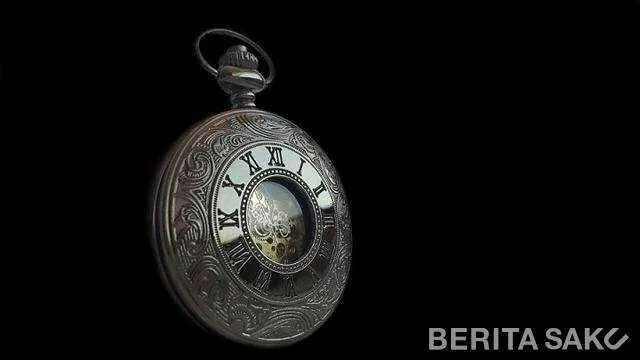
- Everything in our life does not come suddenly, but through the process. In the process sometimes appear things unimaginable by people today. Such as zeros, for example. Currently, the zeros are considered normal, because they include a row of numbers. However, in the past, when the new zeros were known in the world, the numbers were never forbidden to use, as it was considered a demonic number.
Zero symbolizes the absence of quantity. However, the calculation will not run without zero. Zero makes it easy for humans to do numbers in math.
Although zero looks simple, its invention and definition are complex and take hundreds of years. There are scientists from many regions who play a role, including Muslim scientists from the heyday of Islamic science.
Hendra Gunawan, mathematician of Bandung Institute of Technology (ITB), revealed that zero has been known since the Babylonian era around 1800 BC. However, at that time zero still acts as a place value.
"Actually, in terms of writing, (zero) already existed from Babylonian times. But have not used the zero symbol to write it, "he said. "It was time or space to write it."
He pointed out, writing zero when using the point. For example 3.5 to mention 305. With a point symbol, people can then distinguish between 1 and 10, the number 10 is greater than 1.
He mentioned, the idea of zero is already known, but not yet learned the nature. Zero as an element of the sum identity, eg zero plus 10 equals 10. It is unknown to the period of Babylon.
"Since the fifth century, then there is an Indian document that writes about zero. As I know, Indians know zero earlier (as a separate number), "said the mathematician.
The document is Aryabhatiya. The book reviews zero as a separate number. Zero as a number whose value is equal to the sum of 2 and -2. Because of the book, India is often referred to as the first nation to define zero.
Dr. George Gheverhe Joseph, a mathematician, writes in his book The Crest of the Peacock; Non European Roots of Mathematics, that India defines zero in 458 AD.
The Bhaksali manuscripts, thought to date from the third or fourth century, are also traced to zero. The manuscript was found in the fields by the peasants in 1881. In Indian, zero is called sunya, meaning empty.
Then, the Indians continue to update the development of zero. That is evidenced by the emergence of books by Brahmagupta in the seventh century, around the year 628 AD. "The Brahmasphutasiddanta book studies the properties of numbers, including zeros. Zero has become an element of identity, "he said.
Zero is already operated in mathematical calculations. For example, zero added 10 produces 10. The concept of zero then spreads. Other nations also began to recognize zero as a number.
Zero became popular in Baghdad in 773 AD. Zero manifests as Arabic numerals, the result of adoption of the numerical system of India. The number zero is increasingly famous thanks to the Persian mathematician Mohammed ibn-Musa al-Khowarizmi.
Khowarizmi suggested the use of small circles to replace the absence of numbers in the tens positions. The small circle symbol for zero is widely adopted now. Arab society recognizes zero as sifr or empty.
The number zero Khowrizmi used to create the theory of algebra in the ninth century. He also initiated the algorithm. The number zero began to penetrate the continent of Europe since the 13th century, since the popularity of Leonardo da Pisa. He spawned Fibonacci theories which then helped traders in preparing the books.
Unfortunately, on the ground Europe had emerged opposition about the number zero. The number popularized by Khawarizmi is considered a demonic number. Rejection also came from the Italian government is so anti with this Arab-Indian numeric. Leaders suspect the meaning of the word sifr or blank in Arabic. They think zero as a code that endangers the country.
Prohibition makes traders lurk and covertly apply zeros in calculations. The use of zeros in Europe was only widely accepted and free in the 1600s. At that time, Cartesian Rene Descartes presented the coordinate system and calculus. Until now, zeros are so valuable to the world.
